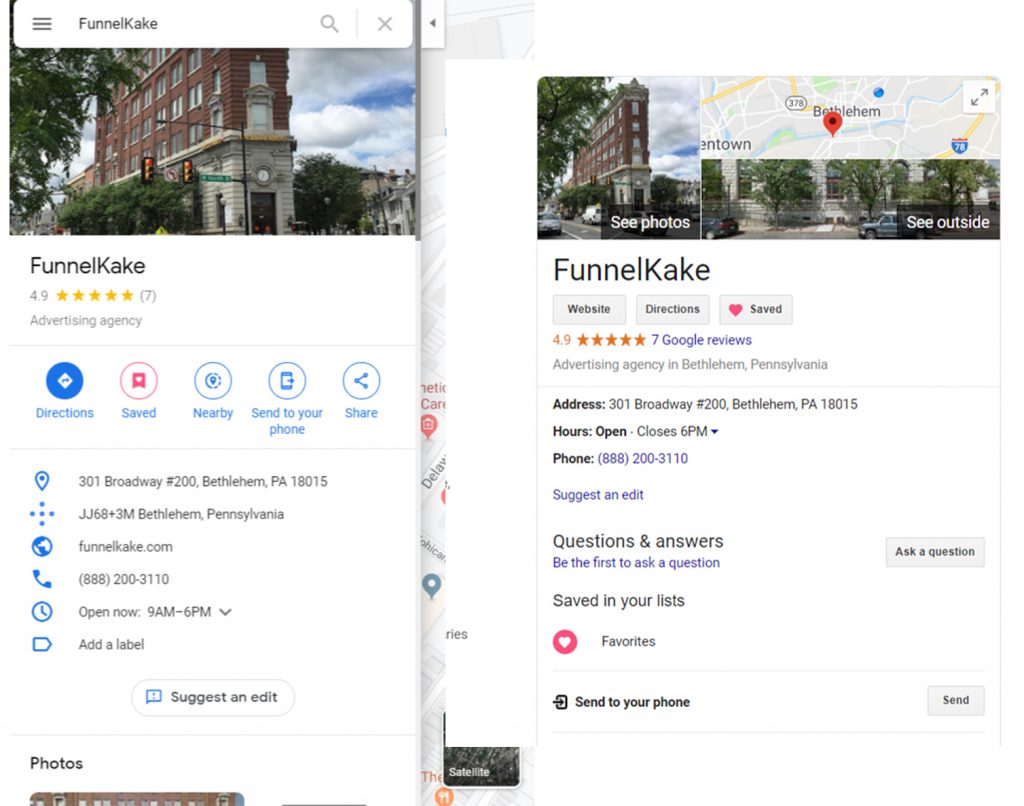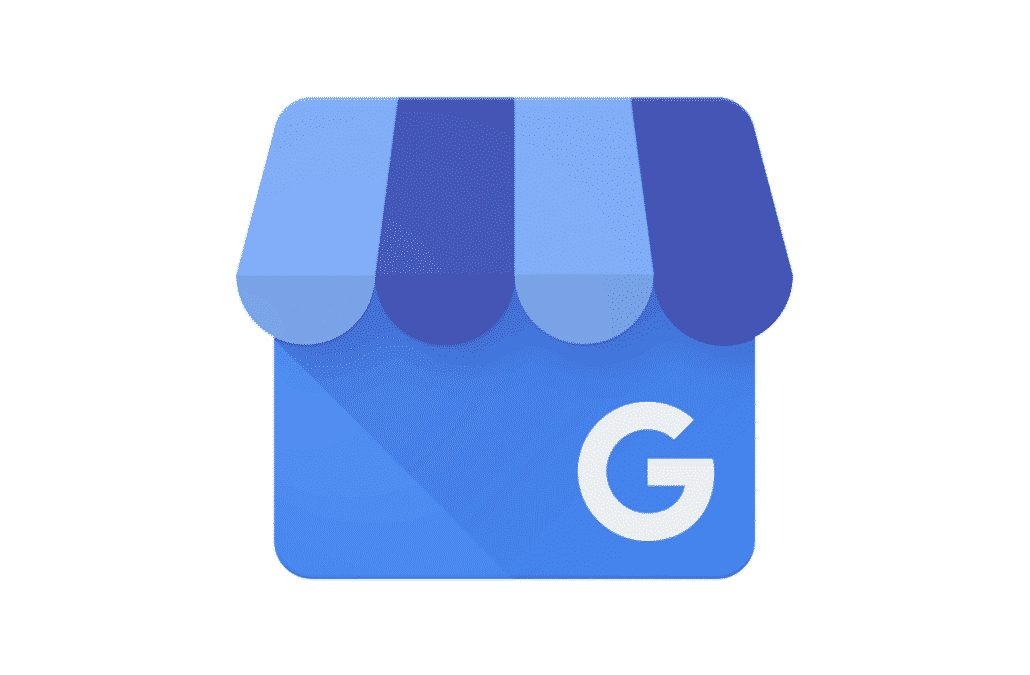We knew there was some fraud around Google My Business (GMB) listings but had no idea it was this widespread.
Recently the Wall Street Journal ran an expose on the millions of fraudulent listings which are found on GMB on any given day. Nefarious types hijack listings to pose as employees of that company and other listings are created by bots to stifle competition and shut down small competitors. The sad part is, Google is well-aware of this counterfeit activity and has done little to shut down these fictional business listings and con artists.
The fraud works like this – you ask a query like “plumbers near me”. At the top of your device, you should see matches for legitimate plumbers who are closest to you (this does not count the new google local services results which may appear above the GMB listings). Ads may also appear in the first few positions of GMB 4-packs (they are identical to the other listings but have a little “Ad” tag to the left). Sometimes, a certain number of these local results are fake listings or listings for real businesses which have been hijacked. Sometimes the phone number actually goes to a competitor.
The WSJ article claims that hundreds of thousands of these fake listings are created on Google Maps every month. Google catches some, but far from all. Most of the fake listings are in what Google calls “duress verticals” – services you need quickly like a contractor, plumber, locksmith, garage door service, electrician or an attorney. As you might imagine, this fraud is far more prevalent in big cities than in small towns.
In its defense, Google claims that only 0.5% of the listings are false, but that data has been shot down by various independent researchers who insist the number is much higher. Google also claims they remove more than 3 MIllion fake listings every year.
To avoid fraud, Google does have some safeguards in place, albeit ones which are fairly easy to crack. When you create a listing, you need a PIN to verify it. This comes in the form of a mailed postcard or a phone call to the business listing’s phone number. When your listing is confimed, you get the famous “pushpin” to note the location of your business on Google Maps. But just about any digital expert who gives this a minute’s thought can subvert it.
No matter what kind of business you run, whether it’s food delivery, plumbing, dog walking, e-commerce, or high tech B2B services, your GMB listing should be locked down tight and owned by you (it’s not until you claim it, which is free). This is the best defense against someone hijacking your business and maps listings.
Why does my business listing appear on Google Maps if I didn’t set it up?
How many times have you heard that Maps voice say, “Your destination is on the right“, only to find the business was definitely not on the right. Or the left. Or anywhere on that block. An unclaimed or incorrect GMB listing is usually at fault.
Here is how your listing magically appears on GMB (and maybe Google Maps) without you lifting a finger: When you launch your website and get listed in a few places (like Yelp, Facebook, or local business listings), that data and the data from your website’s contact page finds its way to Google My Business, which makes a bare bones listing for your business. This listing may then appear on Google Maps. And that’s the end of it until someone (hopefully you) claims it, or until crawlers scrape the internet and find new data for your business, like a new address.
Most casual Googlers don’t realize that Google My Business and Google Maps are intimately connected. The GMB listings are imported into Google Maps, which shows the information for your business on that left panel. Without a GMB listing, if someone knows your street address and types it into maps, they’ll find you (because street addresses are baked in). But if they only know you by Sam’s Fish Shack, your business may not appear on Maps without a proper GMB listing.

Note the shared info between Funelkake’s listings on Google Maps (left) and Google My Business (right).
How can I protect my GMB listing?
The best defense is a great offense, as they say. First, no matter what type of business you run, claim your business listing. If there are multiple offices, create listings for those as well. We recommend this for every client, regardless of your vertical. It not only sends the right signals to online organizations which distribute business listings but it makes you look professional and legitimate to clients when someone searches for your business.
Secondly, make sure you use an email address which you check frequently, like your main business email. That way, if some nefarious crook tries to hijack your listing, you’re notified of the change right away and can prevent it.
One of the things you can’t change is the street view photo which has been captured by Google and is locked to the street address you submit. If it’s a bad look (some of these images are incorrect or offer a terrible view), take a picture of the outside of your building and upload that to your listing. People who search on your listing will in all probability choose the better example and that will become the dominant image served with your listing. You can also add your logo, interior pictures, images of your staff, product images, and anything else you feel is appropriate. The listing also allows you to add services, products you sell, prices, credit cards you accept, operating hours and a great deal of info about your business, all of which helps with local SEO.
Oh, and don’t just add your listing to Google – Bing Places for Business and Apple Maps Connect should also be included in your local SEO strategy.
Want to have a chat about how we can help with your local marketing?

